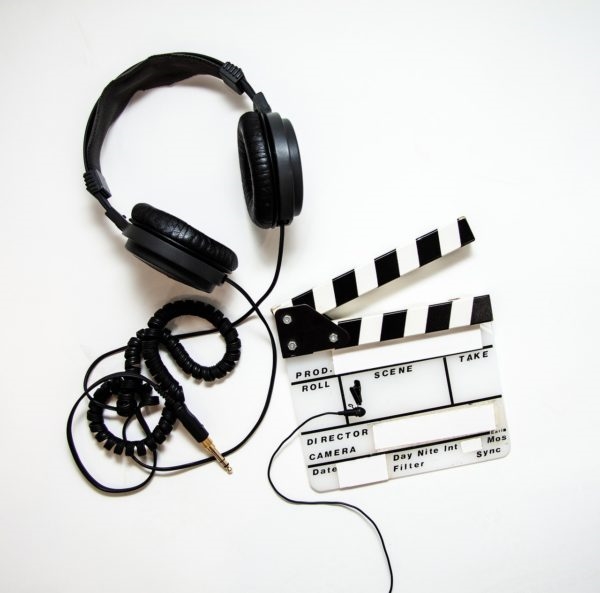— July 23, 2019

Bokskapet / Pixabay
There are some strong commercial reasons to get the briefing process right. A business with a £1m budget could lose £183,000 in sales* by wasting just two months on ineffective briefing and multiple rounds of creative. Naturally getting the brief right is not only important but vital if you’re going to maximize your budget.
Let’s begin with a quote from Debbie Morrison former Director of ISBA, the organization representing 3,000 UK brands on the importance of the brief:
“The brief is the most important bit of information issued by a client to an agency. It’s from the brief that everything else flows. Indeed, written briefs are a point of reference that can be agreed at the outset and therefore, to some extent, form a contract between client and agency. The better the brief, the better and more accurate the results. The more time, effort and information you put in at the start, the greater the time savings throughout the process.”
Informal briefs are no good. The point of a brief isn’t to be buttoned up and restrictive; it’s to give clear direction on what’s important and to clarify the issue that you’re seeking to address. The problem with informal briefing is that it makes a huge assumption that the person being briefed shares the unstated knowledge of the person doing the briefing. It’s likely that some key facts or knowledge on the client’s mind aren’t written into the brief, because they assume the agency will already know these. And that’s where the misunderstanding begins.
All too often a brief is a box to tick. Too often briefs are for ‘outputs’ – a TV ad, a piece of content and are focusing on technical or practical issues – like time length or cost or want an agency to produce something to a pre-defined formula.
Here we examine the essentials of a good client brief, the questions it should answer:
Where are we now?
- This includes the ‘offer’, an overview on the product or service your delivering.
- Information on your target audience or priority customer, users, non-users etc, demographics and attitudes etc.
- Your market position, what’s your brand share and dynamic (growing/declining etc) and your key competition.
- What is your key problem or opportunity?
Why are we here?
- Any research, insight and information that helps explain your current position and situation.
Where do we want to be?
- The objective, what is the change you want to achieve?
- What’s your definition of success?
- Sales
- Brand share, penetration, frequency
- Image and reputation
- Attitude or behavior change
What key obstacles stand in our way?
- Again, any research, insight and information that helps explain your current position and situation.
How will we know when we’ve got there?
- The KPIs and measurement methodologies that make it clear how success (and our work) will be measured.
Only then do we input the practicalities of budget and time constraints, legal mandatories, brand guidelines etc.
In summary, a good brief is a collaborative brief and should encourage partnership, allowing for agency input, best-discussed face to face. It should focus on outcomes, not outputs and give clarity on the objectives, on what success will look like and give the agency freedom to find the right answer. It should have ambition and as a client you should demand an impactful, cut-through response that makes a difference. You want to feel excited (maybe even a bit nervous). You want help to see your brand or problem differently and invite your agency to bring their experience from other brands and markets, to add value.
*Assuming an ad/sales ratio of 3% and RGMI of 10%
Digital & Social Articles on Business 2 Community
(63)
Report Post







